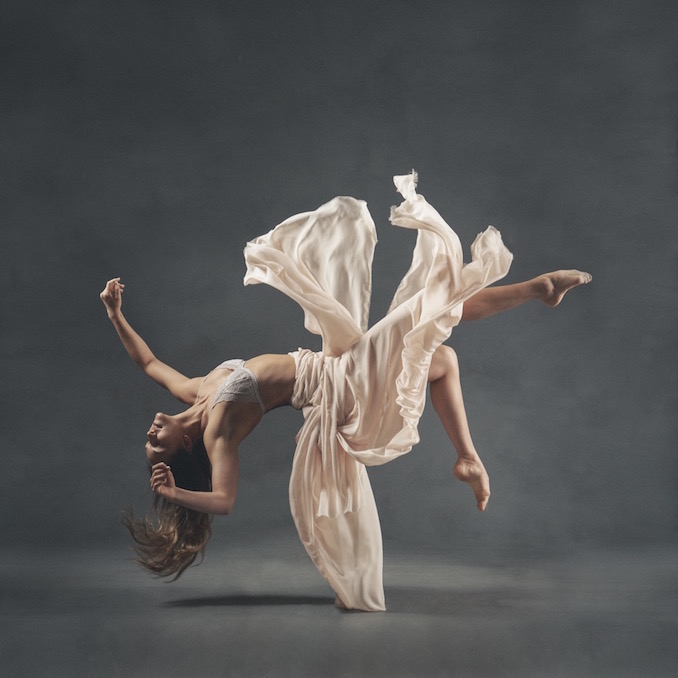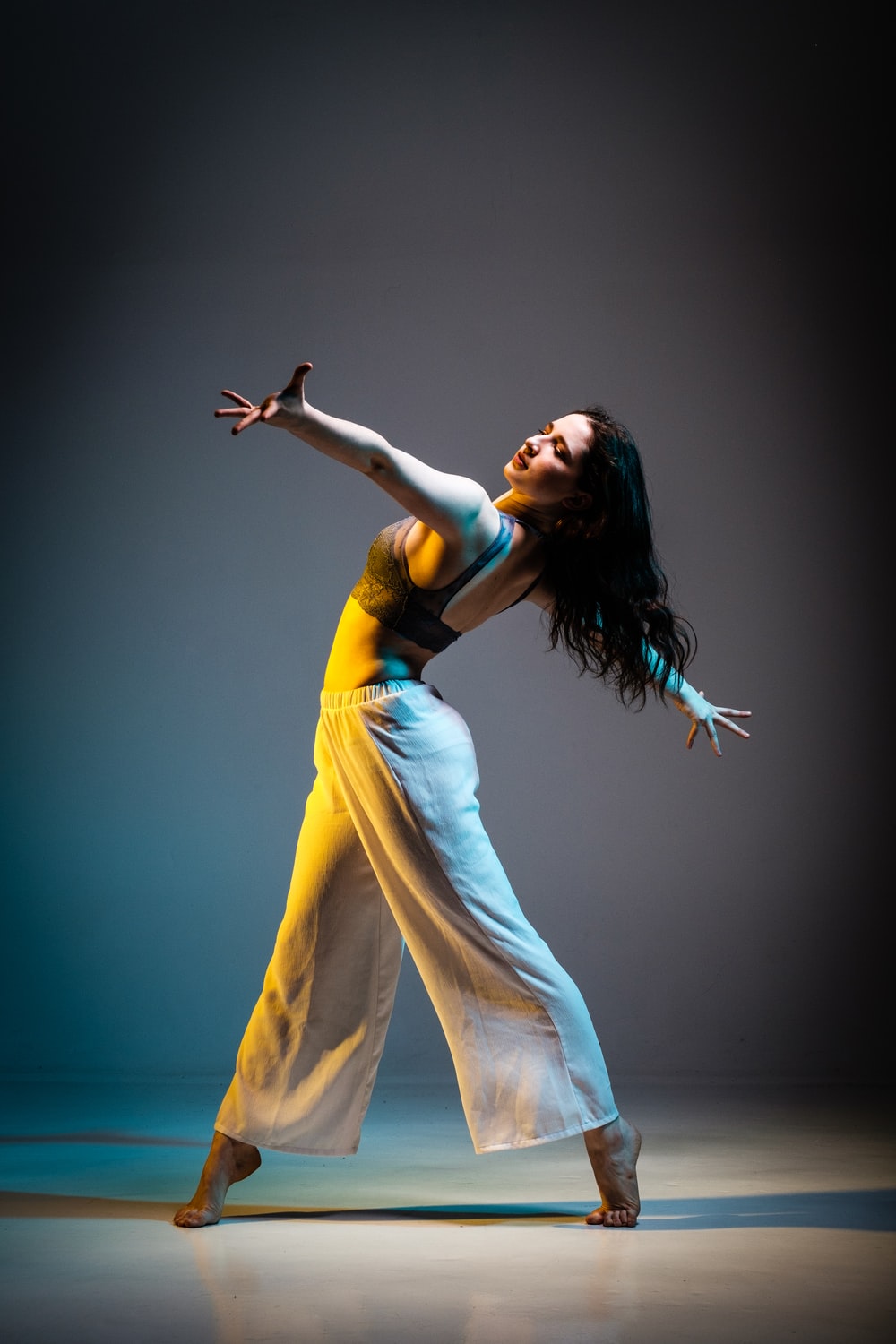

Theatrical dance, also called performance or concert dance, is intended primarily as a spectacle, usually a performance upon a stage by virtuoso dancers. It often tells a story, perhaps using mime, costume and scenery, or else it may simply interpret the musical accompaniment, which is often specially composed and performed in a theatre setting but it is not a requirement. Examples are western ballet and modern dance, Classical Indian dance such as Bharatanatyam and Chinese and Japanese song and dance dramas such as Dragon dance. Most classical forms are centered upon dance alone, but performance dance may also appear in opera and other forms of musical theatre.
History
Archeological evidence for early dance includes 9,000-year-old paintings in India at the Rock Shelters of Bhimbetka, and Egyptian tomb paintings depicting dancing figures, dated c. 3300 BC. It has been proposed that before the invention of written languages, dance was an important part of the oral and performance methods of passing stories down from one generation to the next. The use of dance in ecstatic trance states and healing rituals (as observed today in many contemporary “primitive” cultures, from the Brazilian rainforest to the Kalahari Desert) is thought to have been another early factor in the social development of dance.
Music
Dance is generally, however not exclusively, performed with the accompaniment of music and may or may not be performed in time to such music. Some dance (such as tap dance) may provide its own audible accompaniment in place of (or in addition to) music. Many early forms of music and dance were created for each other and are frequently performed together. Notable examples of traditional dance/music couplings include the jig, waltz, tango, disco, and salsa. Some musical genres have a parallel dance form such as baroque music and baroque dance; other varieties of dance and music may share nomenclature but developed separately, such as classical music and classical ballet. The choreography and music go hand in hand, as they complement each other to express a story told by the choreographer and or dancers.
Rhythm
Rhythm and dance are deeply linked in history and practice. The American dancer Ted Shawn wrote; “The conception of rhythm which underlies all studies of the dance is something about which we could talk forever, and still not finish.” A musical rhythm requires two main elements; first, a regularly-repeating pulse (also called the “beat” or “tactus”) that establishes the tempo and, second, a pattern of accents and rests that establishes the character of the metre or basic rhythmic pattern. The basic pulse is roughly equal in duration to a simple step or gesture.
4 time at approximately 66 beats per minute. The basic slow step, called a “slow”, lasts for one beat, so that a full “right–left” step is equal to one 2
4 measure. The basic forward and backward walk of the dance is so counted – “slow-slow” – while many additional figures are counted “slow – quick-quick.
Choreographers
Choreographers are the ones that design the dancing movements within a dance, they are often university trained and are typically employed for particular projects or, more rarely may work on contract as the resident choreographer for a specific dance company.
Teachers
Dance teachers typically focus on teaching dance performance, or coaching competitive dancers, or both. They typically have performance experience in the types of dance they teach or coach. For example, dancesport teachers and coaches are often tournament dancers or former dancesport performers. Dance teachers may be self-employed, or employed by dance schools or general education institutions with dance programs.
Published: Jan 24, 2022
Latest Revision: Jan 24, 2022
Ourboox Unique Identifier: OB-1269343
Copyright © 2022








